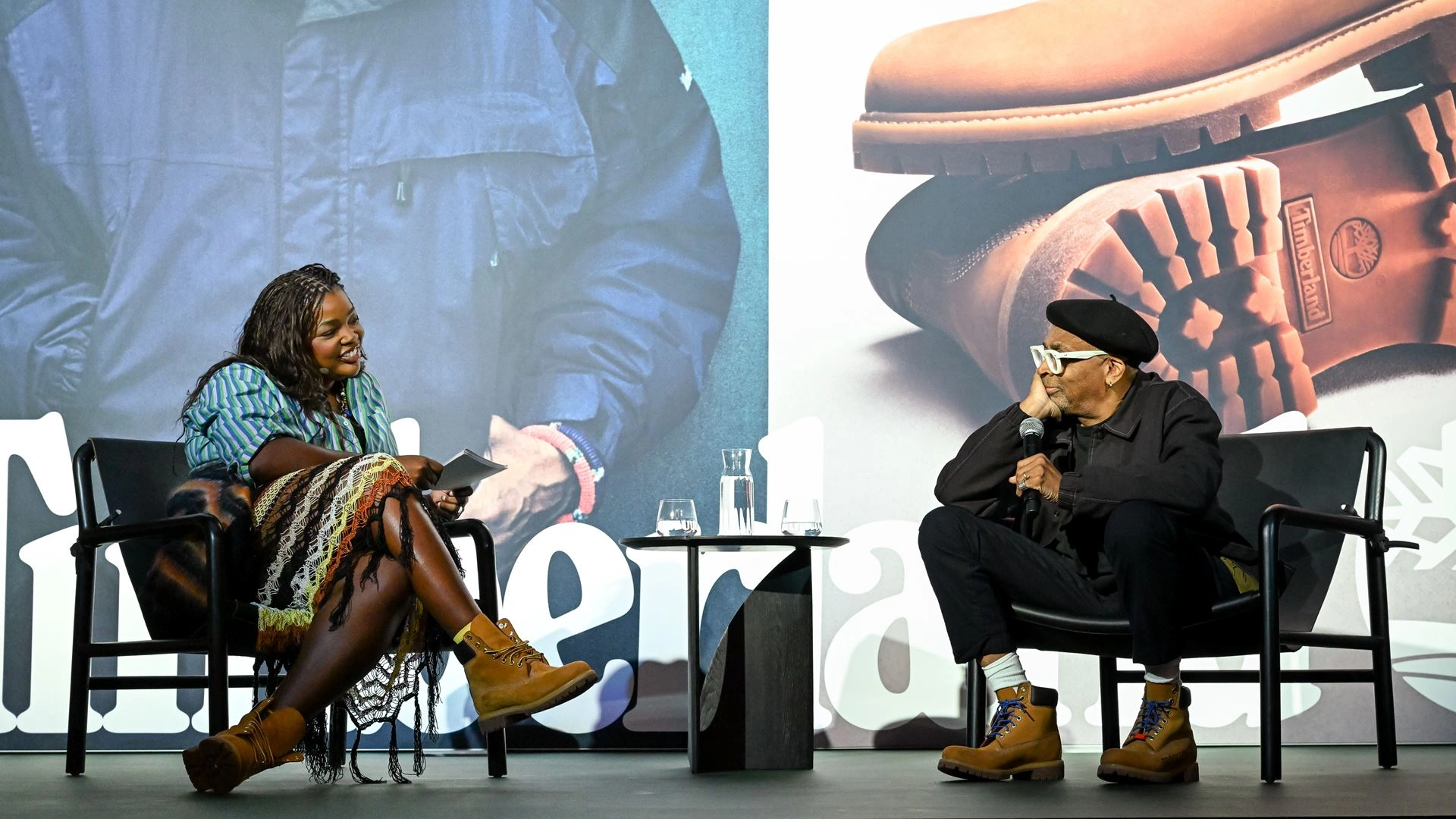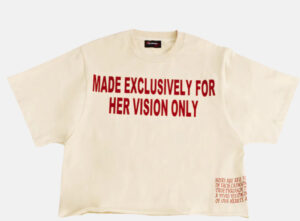How Rich Boy’s 2006 breakout single became a cultural artifact—an anthem of aspirational swagger, regional pride, and automotive Poetry
With a horn-blasted beat that dropped like summer heat on concrete and a hook that looped through the streets of Mobile, Alabama to the basements of suburban teens nationwide, Rich Boy’s 2006 single “Throw Some D’s” was more than a breakout—it was a cultural detonation. One that placed a little-known MC and his chrome dreams onto BET’s 106 & Park, iPods, and mixtape rotations for years to come.
Two decades later, what makes “Throw Some D’s” stick? Why does it still ripple across nostalgia playlists and social media snippets? This isn’t just a one-hit-wonder tale. It’s about region, repetition, and the roots of Southern hip hop mythology. It’s about Cadillac dreams and digital-age survival. It’s about swagger with a side of sadness.
THE CADILLAC AS A STATUS SYMBOL
To understand “Throw Some D’s” is to understand what it meant to buy a Cadillac in the South—not just as a car, but as a declaration. A luxury item, yes, but also a persona, dressed with chrome rims (“D’s” being Dayton wire wheels), candy paint, and identity.
In the Black Southern experience, particularly in the 1990s and early 2000s, customizing a car was an act of resistance as much as expression. You couldn’t own a skyscraper, but you could own the block—by pulling up slow, speakers thumping, your name stitched into your headrest. That Cadillac could be your cathedral.
Rich Boy’s chorus, sampled from “West Savannah” by OutKast, taps into that lineage—Cadillac dreams as a currency of dignity. He didn’t just buy the car; he threw some D’s on it. That flourish? That’s not flex. That’s self-worth in a world of economic precarity.
WHO IS RICH BOY?
Maurice Richards, aka Rich Boy, hails from Mobile, Alabama—a city not known for birthing rap stars, and all the more reason his arrival felt like a seismic shift. He wasn’t from Atlanta, Houston, or New Orleans. He was a product of a Southern space caught in cultural crosswinds, where trap life met church pews, and Southern hospitality collided with hard truths.
Before the music, Rich Boy was an engineering student at Tuskegee University. The transition from academia to rap might seem dissonant, but it informs his tone: serious, sharp, and never cartoonish. His voice on “Throw Some D’s” has presence—measured but urgent. There’s no over-embellished delivery. He sounds like he’s narrating his own highlight reel in real time, not hyping it up.
His self-titled debut album, Rich Boy (2007), boasted production from Polow Da Don and features from Lil Jon, André 3000, and Jim Jones. But even in that crowded lineup, “Throw Some D’s” eclipsed the rest. It was lightning in a Styrofoam cup.
POLOW DA DON’S MONSTER BEAT
If Rich Boy provided the story, Polow Da Don built the cinematic frame. The beat for “Throw Some D’s” is nearly operatic in scope—blaring horns, a gospel-like vocal loop (sampled from Switch’s “I Call Your Name”), and booming 808s. It’s Southern Gothic in beat form: soulful, triumphant, and just grimy enough to ride through the trap.
Polow was already climbing the production ladder, but “Throw Some D’s” was the record that made him a household name. The beat became a playground for dozens of remixes and freestyles—most notably the unofficial remix by Kanye West, which added a layer of sarcasm and luxury rap critique.
The song became one of the rare singles that blurred regional lines, able to score on radio, ringtone charts, and the burgeoning blog era. It was danceable and dignified, materialist but moody. And the beat? Eternal.
KANYE, LUPE & THE REMIX LEGACY
You couldn’t talk about “Throw Some D’s” in 2007 without addressing the Kanye West remix. Featuring verses from Ye and Lupe Fiasco, it shifted the track’s lens—from Southern street parable to fashion-week flex.
Kanye, in classic form, both honored and lampooned the original’s materialism. He rapped about throwing Ds on his report card and taking steroids to stunt like Schwarzenegger. It was a humorous but sharply layered verse—mocking while also acknowledging the aspirational logic behind Rich Boy’s claims.
Lupe, for his part, elevated the remix into lyrical gymnastics, flipping references to anime, politics, and sneaker culture. It was a remix that did what few could do at the time—invite the blog era to dine with the streets.
In that sense, “Throw Some D’s” transcended its own boundaries. It became a blank canvas for reinterpretation—each artist injecting it with new meaning while preserving its core DNA: elevation through aesthetic.
THE LASTING CULTURAL IMPRINT
“Throw Some D’s” is part of the pantheon of Southern rap that defined the mid-2000s: alongside “Still Tippin’” by Mike Jones, “International Players Anthem” by UGK and OutKast, and “Wipe Me Down” by Boosie and Webbie. But where those songs were regional statements that broke nationally, Rich Boy’s was a national hit that carried the region with it.
It didn’t preach. It flexed. But in doing so, it captured something visceral and specific about Black Southern masculinity: the importance of presentation, pride, and the Cadillac as a chariot of dreams.
In 2025, you’ll still see cars gliding by with custom rims. You’ll still hear the track booming in playlists and sample packs. You might even hear it remixed for a fashion campaign or chopped into a runway show soundtrack. That’s because “Throw Some D’s” is more than nostalgia. It’s a sonic architecture of ambition.
No comments yet.








